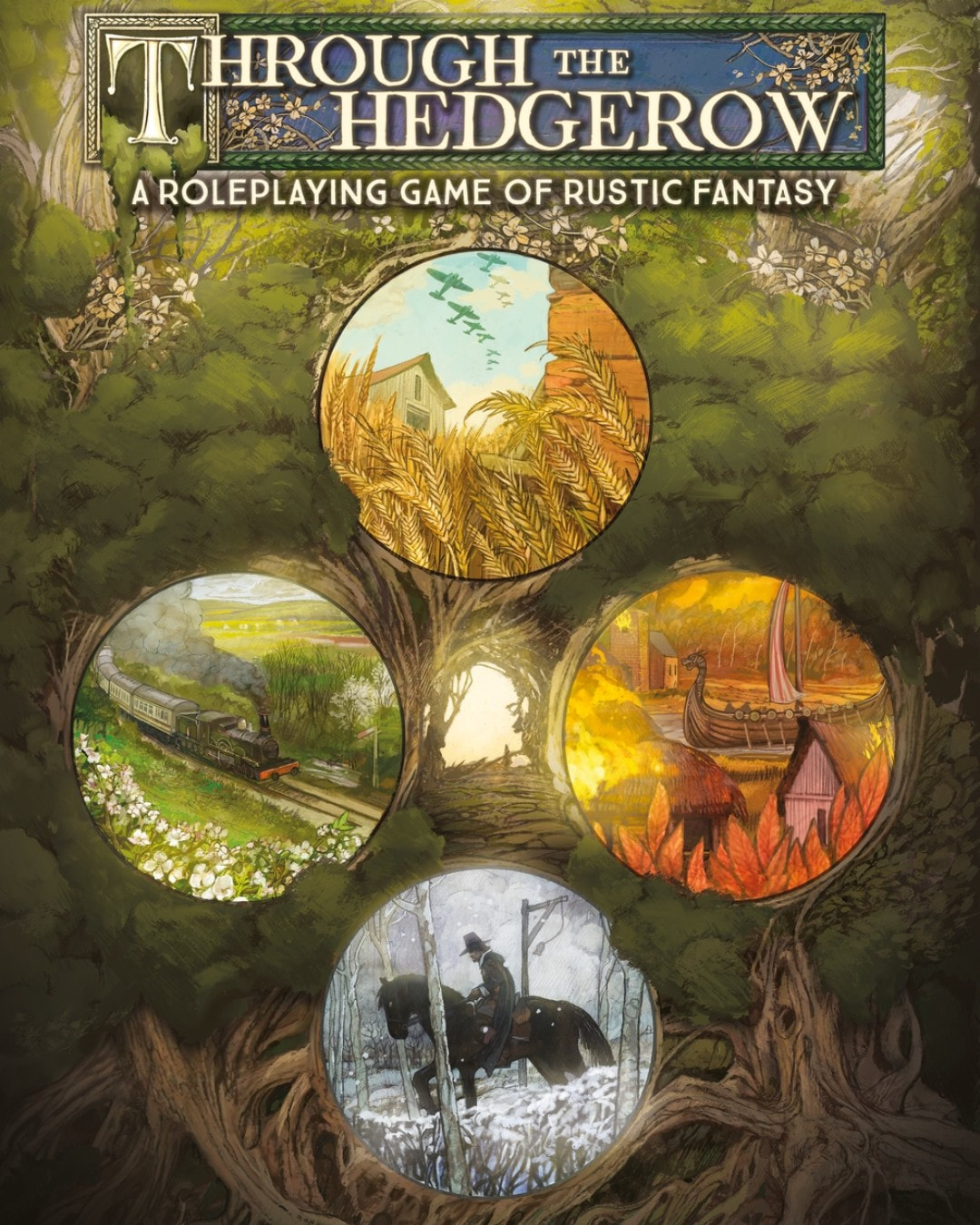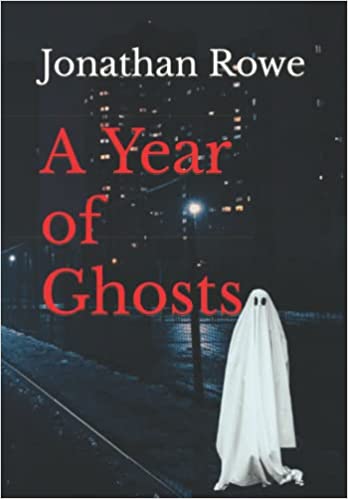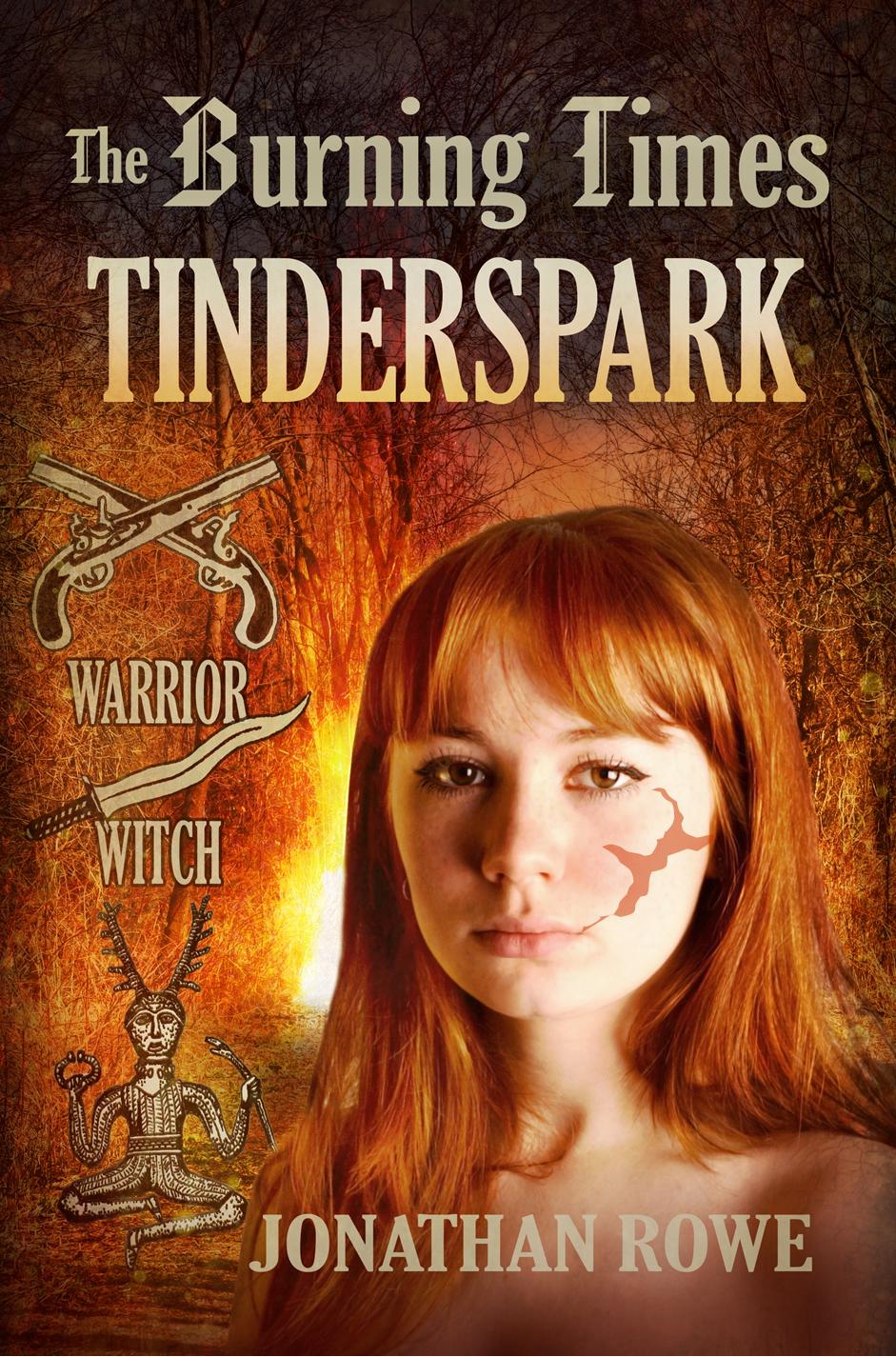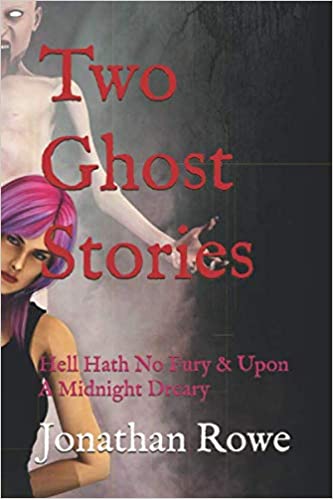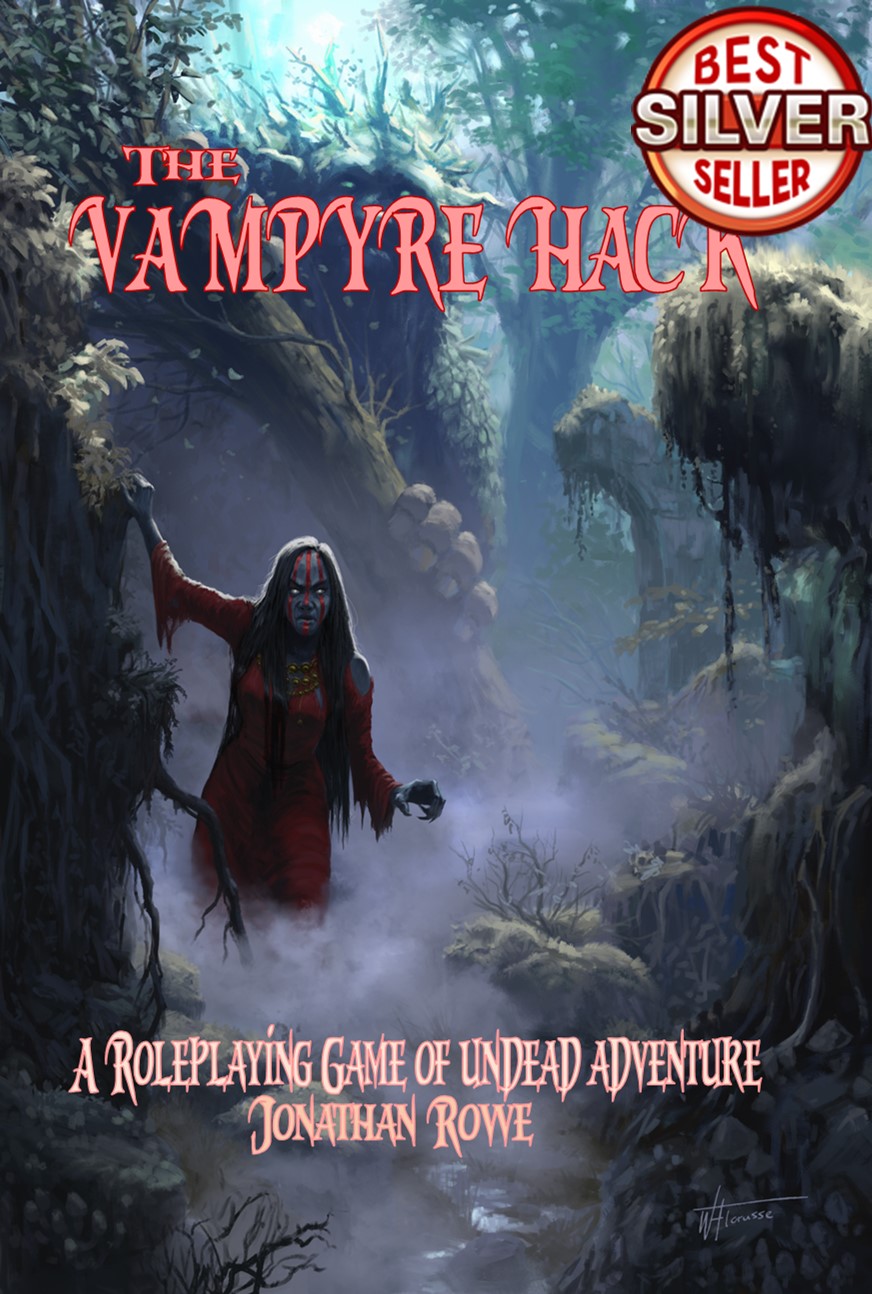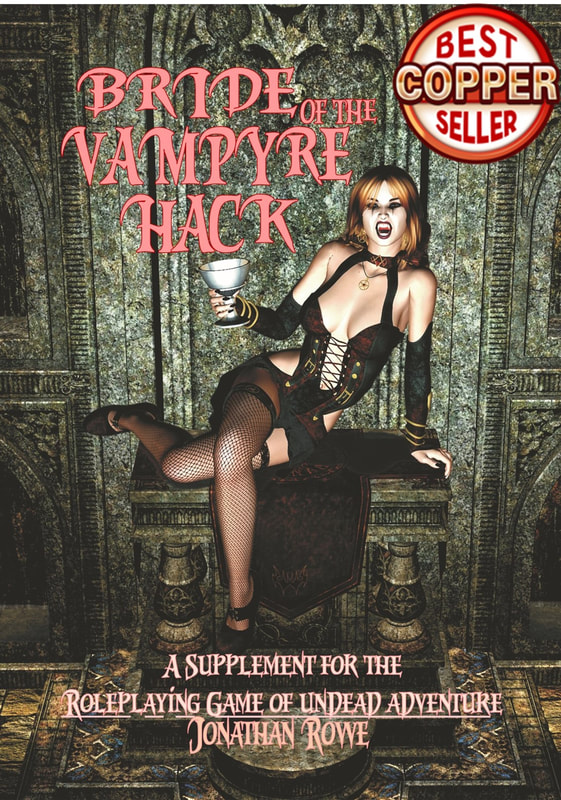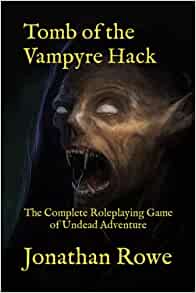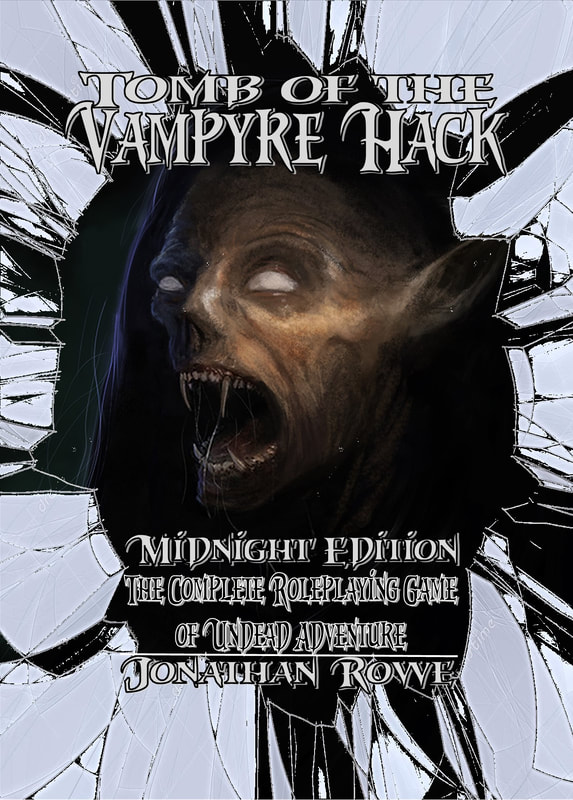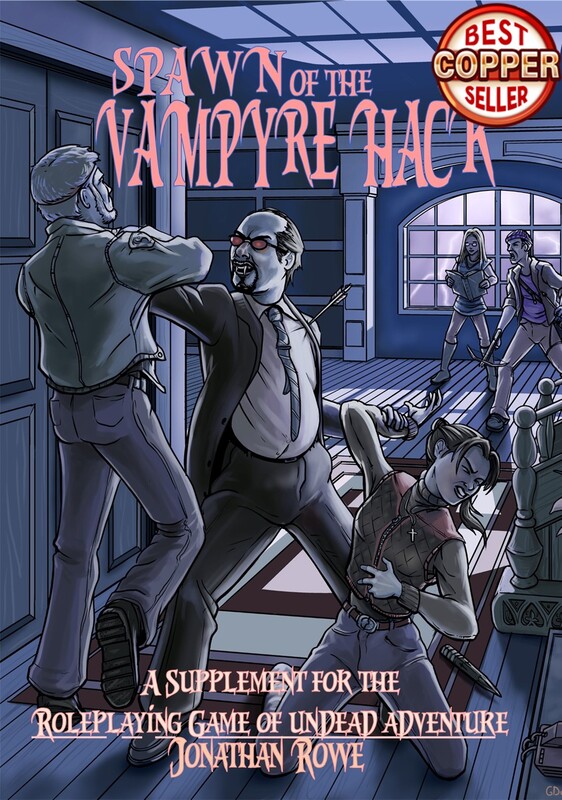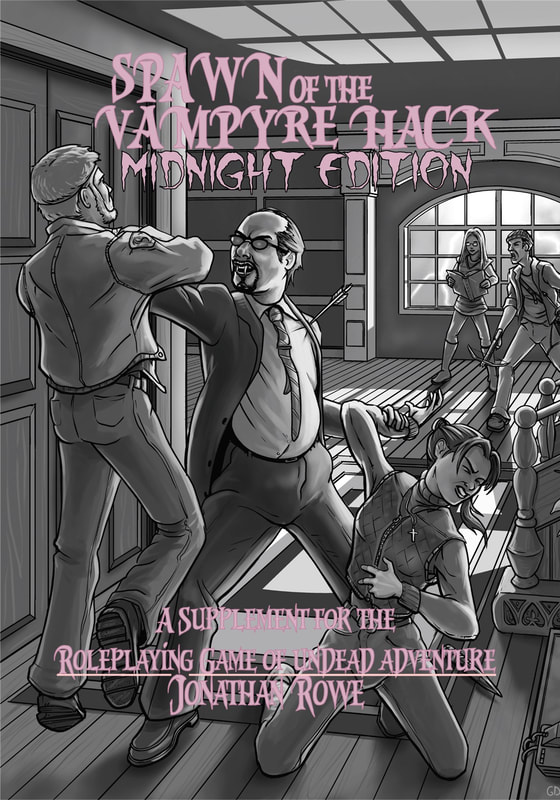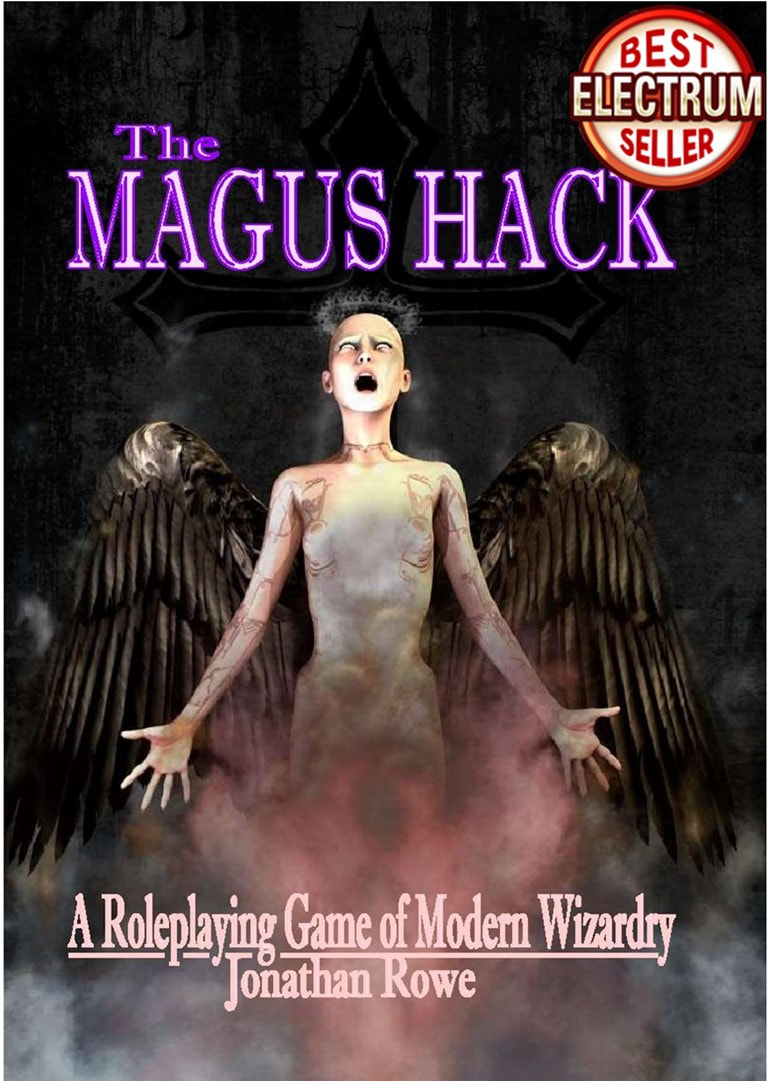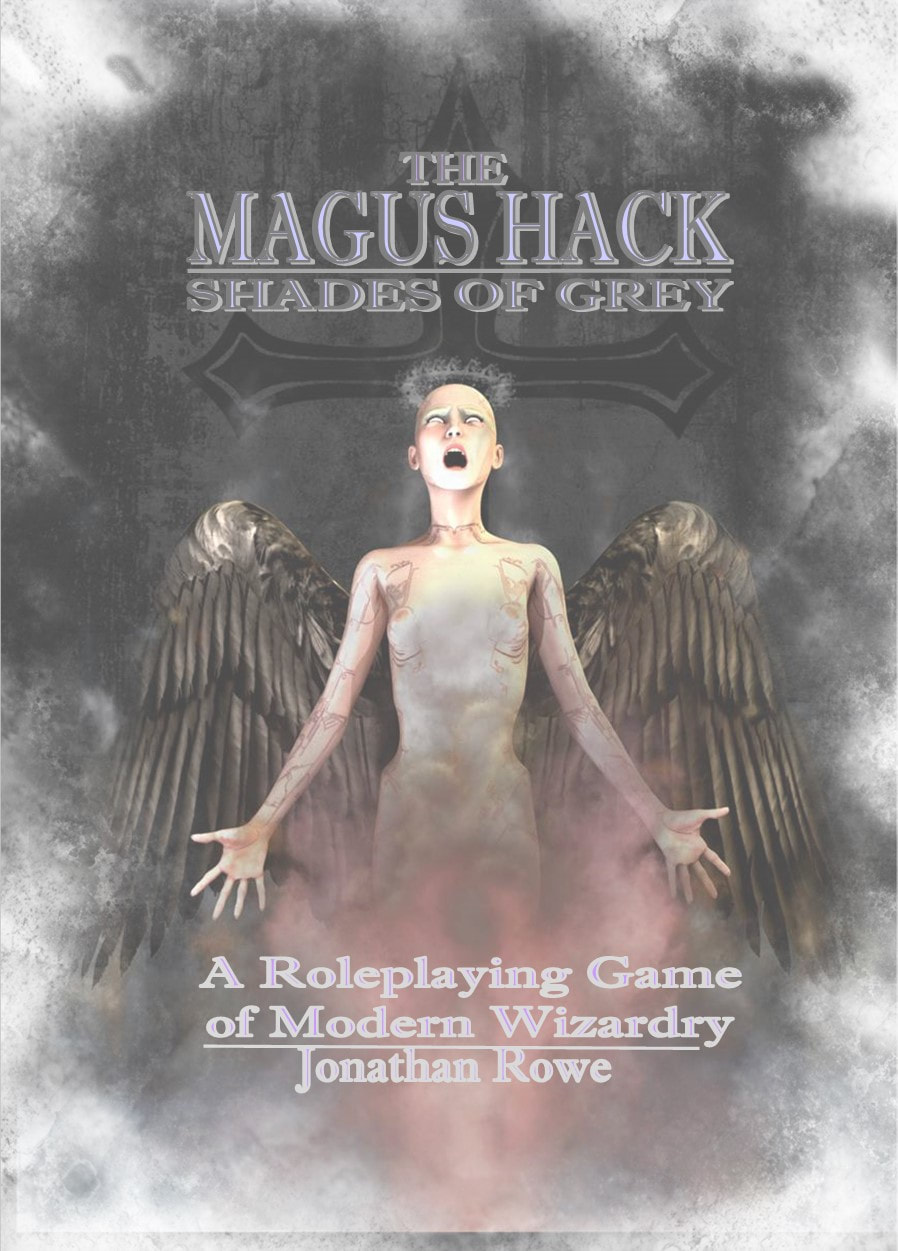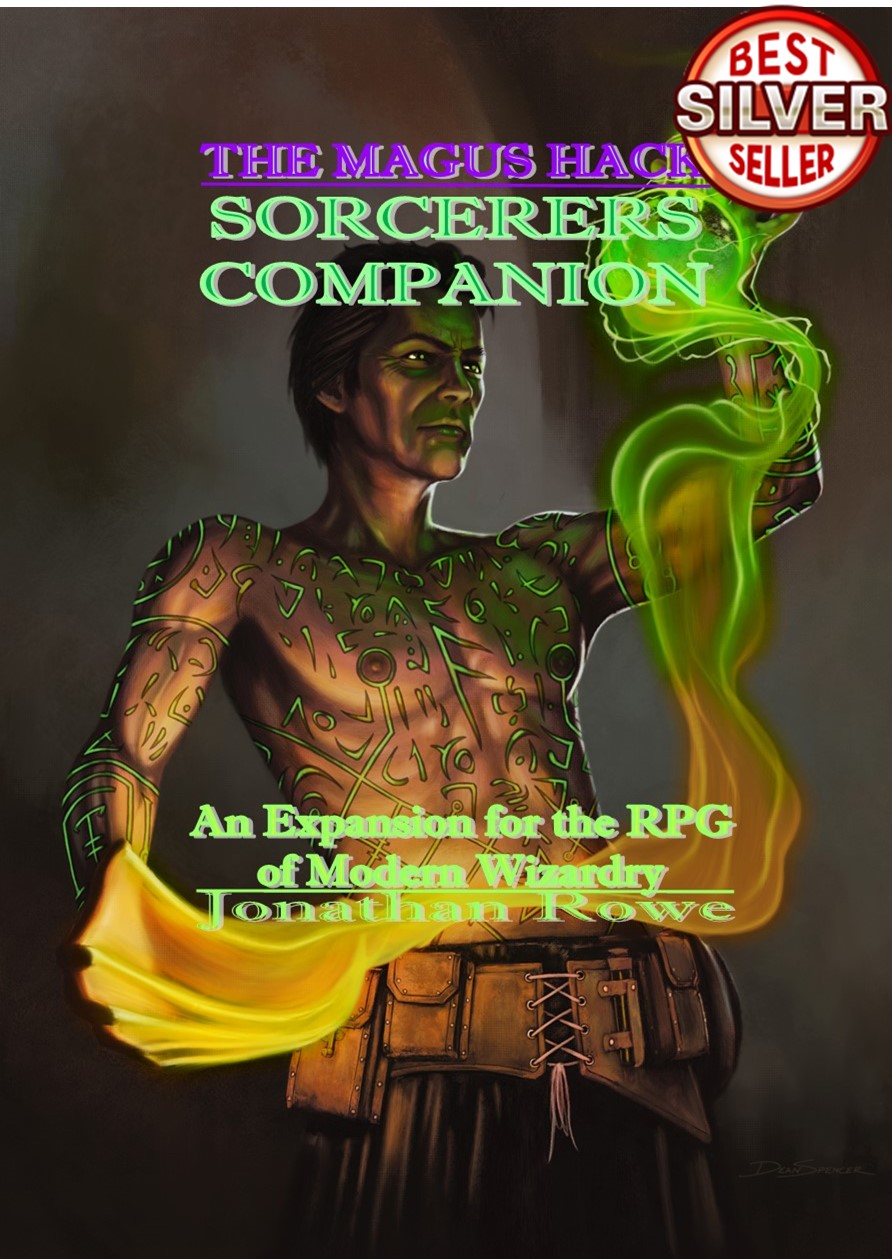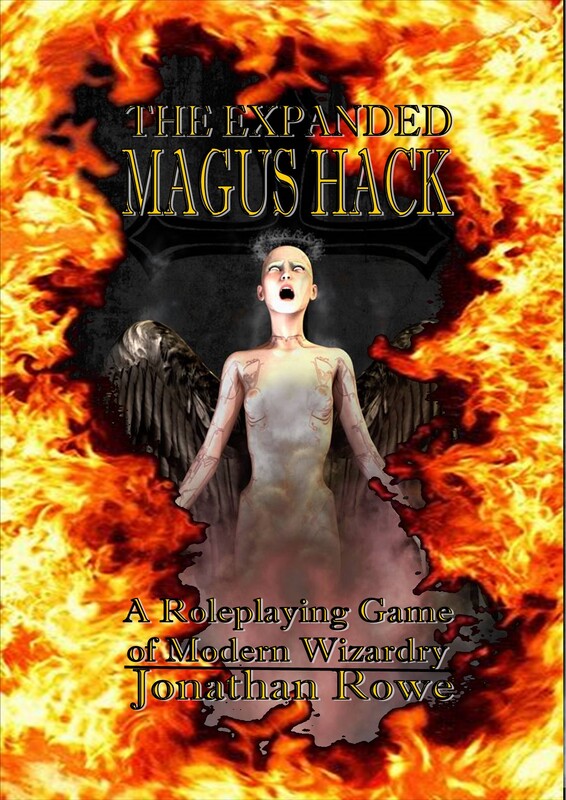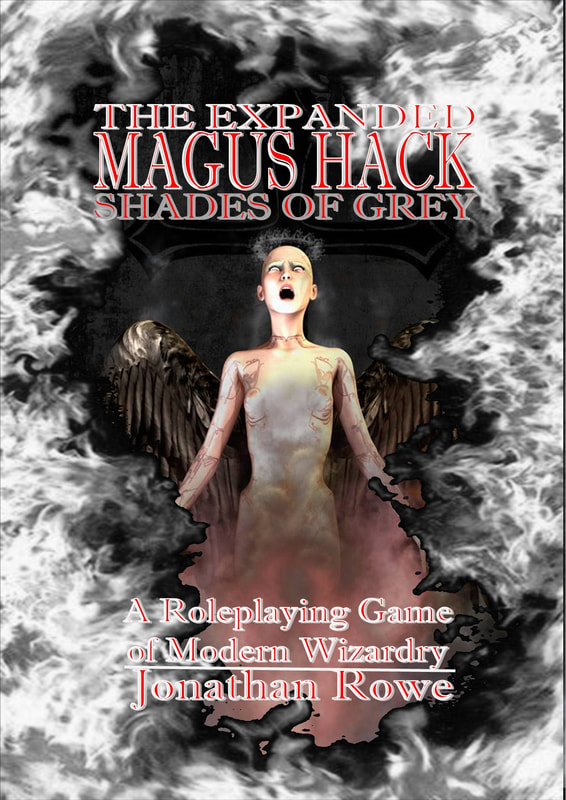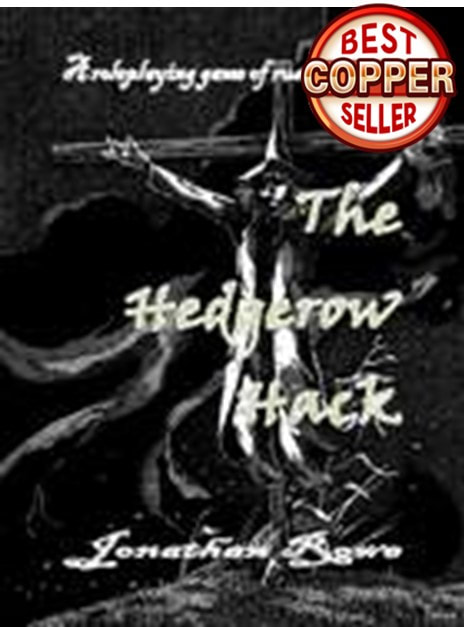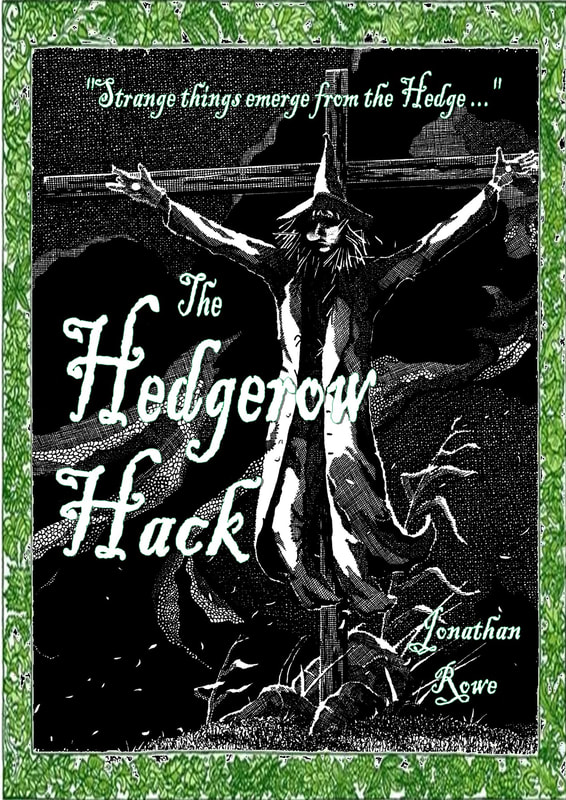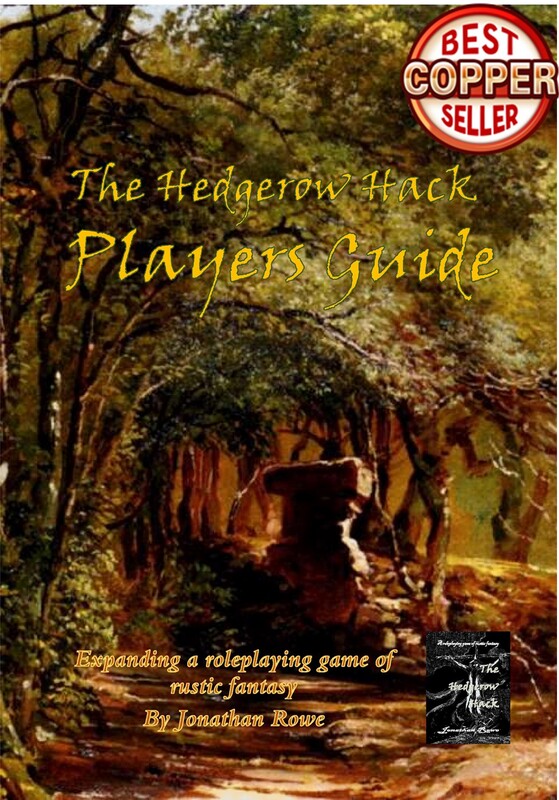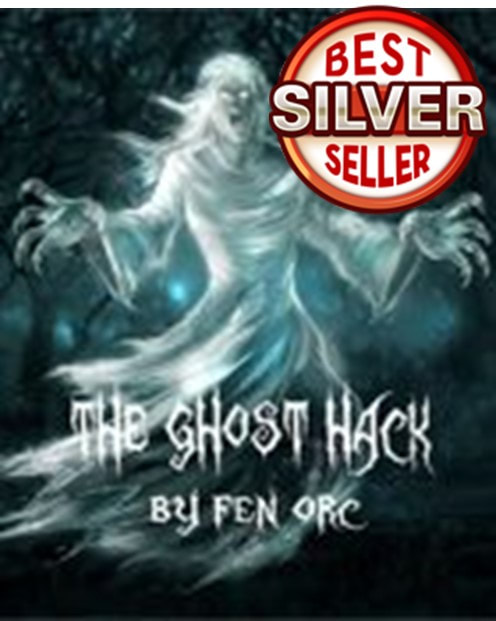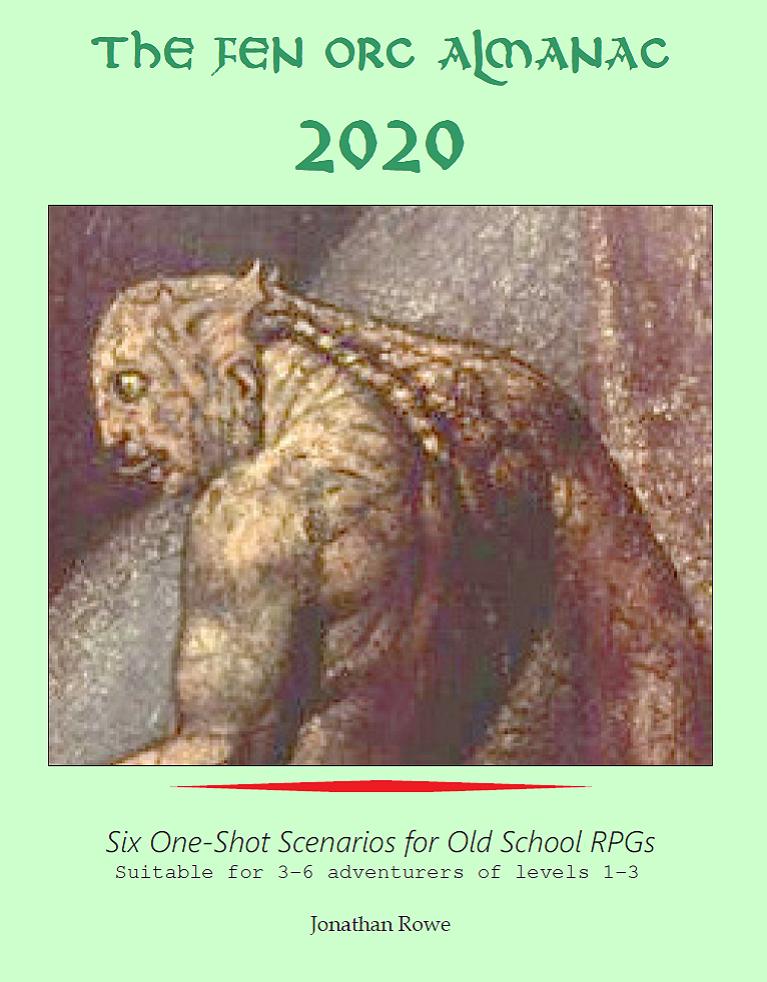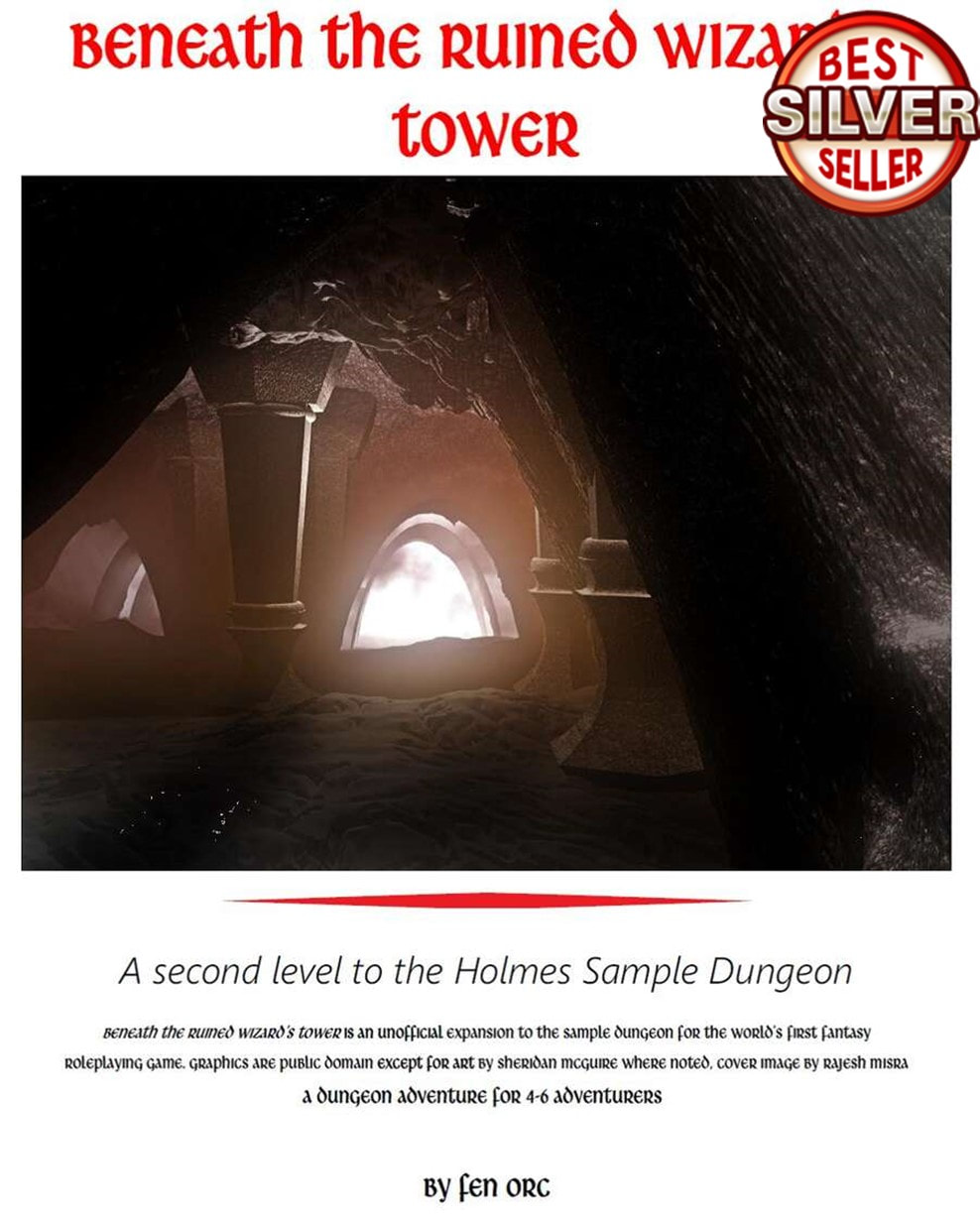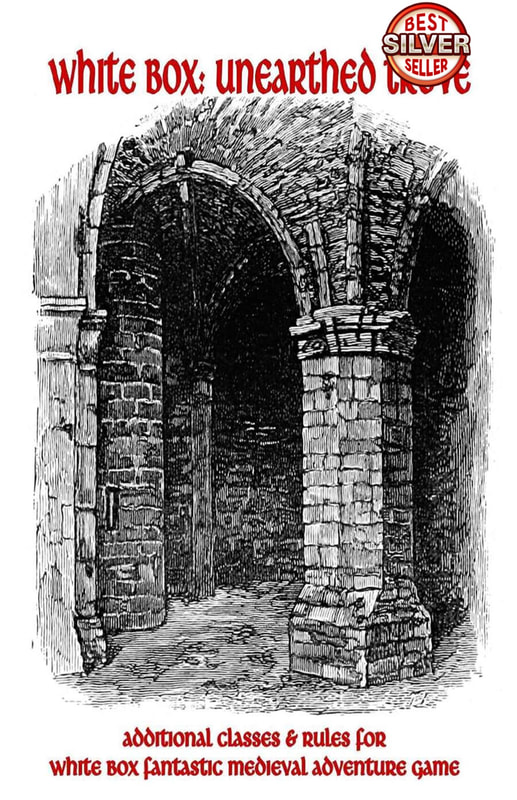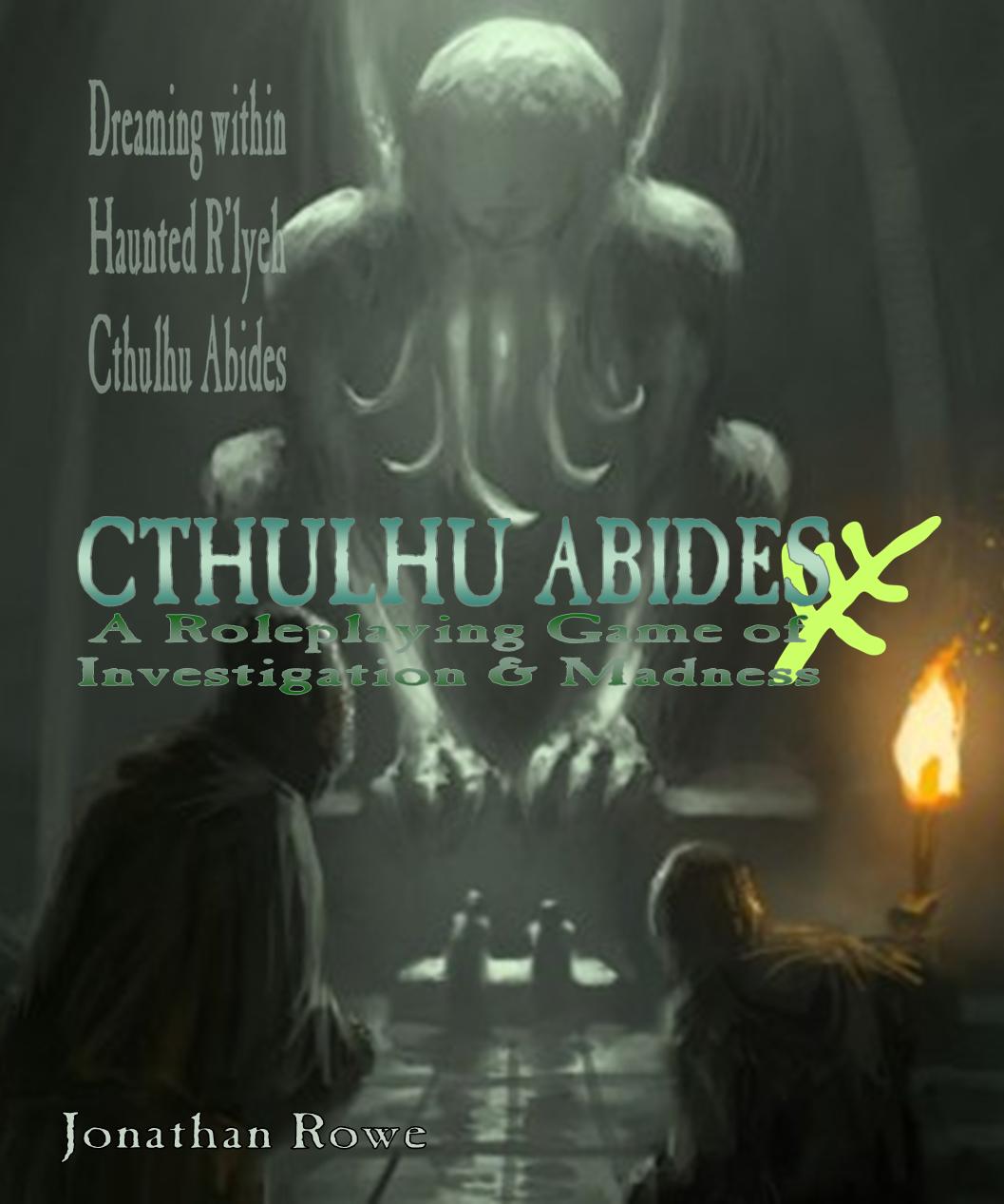|
Before I talk about the Warpstar! RPG by Greg Saunders, I want to take a long route around. I'm a Star Wars kid. I was 10 when Star Wars premiered in the UK and went to see it on my 11th birthday. I was blown away. Obviously, I had to own the action miniatures, a cardboard Death Star, the board game, the comics and a collection of those strange cards you bought with bubblegum (which I detested). I'd been groomed for Star Wars by the UK comic 2000AD which had appeared earlier in 1977 and thrilled me with dinosaur hunting time-travellers, Dan Dare and, of course, Judge Dredd. The 2000AD Summer Special had heralded the arrival of Star Wars with a centre splash page that conveyed no idea of who the hero was or who the baddies were (Jawas, perhaps?) but the mysterious images pierced my soul with their distinctive blend of space romance. The 1977 2000AD Summer Special: the caption for Han Solo and Chewbacca reads 'Luke Skywalker takes a break with one of his friends.' After that, I loved Sci Fi. I'd loved Science Fiction before, of course. I adored Doctor Who and the Tomorrow People on TV and was an avid fan of Space 1999: the distinctive Eagle spaceships from that show were a treasure childhood toy along with an Interceptor from the earlier Gerry Anderson show, U.F.O.. Doctor Who acquired a, err, charming new companion in 1977, but Tomorrow People had the haunting and enigmatic opening sequence and a stranger and more provocative concept. Best. Toys. Ever. My first ever memory of watching TV is the episode of Star Trek where Kirk fights Spock with weird weapons in an arena: I was, I think, 3 or 4. Are you hearing the music in your head? But Star Wars involved a sort of commitment to glorious starscapes, roiling planetary surfaces, lasers in the darkness and gleaming battle armour. The odd thing is that, within a year of watching Star Wars for the first time, I was playing D&D. Roleplaying quickly dovetailed back into science fiction, with the Gamma World RPG and Traveller in its iconic black box. Age cannot wither her: there will probably never be a RPG set this ... beautiful Yet science fiction roleplaying just never captured my imagination. Gamma World was a lark with its gun-wielding mutant bunnies, but it just wasn't serious the way D&D could be. What about Traveller? Well, I certainly tried it. Who couldn't love the sleek modernism of the three-book box set, the cool black-and-red iconography, the tantalising mayday from Free Trader Beowulf ... Traveller: Science-Fiction Adventure in the Far Future was clearly a serious game set in a serious universe. I spent merry hours rolling up planets and populating my own sector maps. Yes, and not just sector maps, but rolling up animals and random encounter tables for those planets, then rolling up all sorts of retired Marines and cashiered Naval Officers ... Notoriously, the process of rolling up a Traveller character could result in dying during background history. Traveller invites you to create a 40- or 50-something PC who has already had a proper career in the military or in politics but then decides, in a ludicrous mid-life crisis, to go gallivanting round the universe getting into hare-brained scrapes with a bunch of strangers. As a roleplaying proposition, I found it a bit of a stretch back in my teens. Now that I'm the same age as those characters, it's no clearer to me what Traveller PCs think they're up to. So, I rarely played Traveller and when I did, the results were underwhelming. Traveller just never seemed to catch fire. There wasn't, for me, a story that was dying to be told and needing Traveller as its idiom. There was just a lot of aimless wandering in space ... heists ... bounties ... patrons in space bars ... the cost of repairing ships ... Twilight's Peak (1980) was a striking scenario but I just couldn't sell it to my players because, well, I wasn't sold on it myself despite Andy Slack's glowing review in White Dwarf #24 ('This is how Traveller should be. Buy it.'). Back to the dungeon I went and never really looked back at SF RPGs. (My) Problems with SF RoleplayingPart of it was just maturity. Traveller isn't as easy for teenagers to switch on to as D&D. In a fantasy RPG there are standard tropes: you arrive in a village, you go to the inn, some ageing peasant tells you of strange goings on at the ruined keep and the disappearance of the miller's daughter, off you go to clean the site out of kobolds and rescue the maiden. OK, you could substitute 'planet' for village and 'spaceport bar' for tavern and, I suppose, a 'disused orbital space station' and a 'missing corporate CEO' (female, if you insist). But immediately , questions intrude. What sort of planet? What sort of spaceport? What exactly is this orbital facility? Which corporation? Why isn't anyone else dealing with this? You might say that answering those questions is precisely what makes for designing a good adventure - and you'd be right. But my problems were closer to home. D&D offered easy access because everyone knows what a medieval village, tavern and ruined keep would be like - but everything needs thinking about in a SF RPG and nothing can be assumed. Or so it seemed to me at the time. In any event, Traveller seemed to set a high entry bar in terms of conceptualising and preparing the scenario, while not offering particularly clear hooks. You see, Traveller was basically the Nineteen Seventies In Space - and a rather banal, suburban take on the Seventies at that. Traveller didn't have laser swords, space wizards, godlike AIs or matter transport beams, let alone smart drugs, cyber-enhancement or netrunning. There was a sort of austerity to Traveller: computers were big box-y things, laser pistols were inferior to conventional slug-throwers in most contexts, the PCs were middle aged, psionics were rare, aliens scarce. When Traveller's official setting introduced the Aslan lion-people and Vargr dog-people, they were hardly compelling. Gentle reader, you might be tearing your hair out. Why didn't I just add those things in if I wanted them so badly? Of course, I could have. But I think I was as enthralled to Traveller's severe aesthetic as I was repelled by it. The game seemed to demand to be taken on its own high-minded terms. It would seem ... somehow, I know not how ... clumsy to foist lightsabres, transmat beams and cybermen onto Traveller. It would have been indelicate. Jejeune. I was too much a roleplaying snob to let myself have fun. Hey, Idiot: why not play Star Wars? A friend has reminded me that West End Games did a fantastic Star Wars RPG back in the '80s. I remember playing it, now that my memory is jogged. I owned the d20 Star Wars and Star Trek RPGs way back when as well. But ... I don't know. I've never really cared for tie-in games. I'm not bothered about the Dune, Blade Runner or Firefly RPGs either. Maybe it's my snobbery again, but I wanted a RPG that enabled me to create something like Star Wars or Firefly - without roleplaying in the official universe of those franchises. For whatever weird reason, I've been looking for a SF RPG that would make me want to create my own science fiction, not inhabit someone else's. OSR To The Rescue !My rehabilitation in SF RPG was a long time coming. I contrived to miss out on the genuinely up-to-date SF RPGs of the 1980s (Cyberpunk, SLA Industries) or the loony SF mash-ups of the '90s (Rifts, TORG). I somehow managed to avoid Star Frontiers, which offered actual D&D in space and would surely have disabused me of the hurtful notion that SF roleplaying had to be particularly clever or sophisticated. 'The Playable One' seemed like a direct dig at maths-heavy Traveller. There's a lovely retrospective of Star Frontiers but by 1980 I'd been scared off by Traveller and stuck to my fantasy furrow. I never really looked at SF RPGs again until quite recently, when the OSR trend for adapting original D&D led me first to White Box, then White Box spin-offs like Eldritch Tales (last post) then to James M Spahn's White Star. White Star comes as a perfectly-serviceable basic rules and an everything-but-the-kitchen-sink Galaxy Edition (which you might as well go for if you're getting the PDF since the digital versions cost the same). White Star is a beautifully-presented adaptation of White Box style D&D into a SF idiom. It is also completely shameless about porting in Star Knights with their laser swords, alien brutes, computer-hacking cyphers, cyborg, superheroes, mechas and a host of other stereotypes to create a broad palette you can pick and choose from. I really wish I'd found something like this in my '80s teens. If White Star has a problem, it's perhaps that it's too broad. With every science fiction and science fantasy trope on offer, it risks losing the idiosyncracy that intrigued me in Traveller: the offer to roleplay in a highly distinctive universe. With White Star, the problem isn't all the stuff you have to add in; it's the stuff you have to take out. Interlude: Lady Blackbird and Scum & VillainyDuring the first Lockdown there was an opportunity to roleplay with friends via Zoom and we tried out Lady Blackbird by Jon Harper: it's a free mini-RPG and you can find it here. We also played another of Harper's games, the excellent Blades In The Dark. Blades has a sister product called Scum & Villainy and I sourced a copy of that in my newfound enthusiasm for space romance. Lady Blackbird is a 15-page RPG with a set of pre-generated characters who start off as prisoners on board the imperial cruiser Hand of Sorrow. The rag-tag group have to escape and get back to their ship, the Owl. The group includes a space princess fleeing an arranged marriage, her bodyguard, a romantic space captain and his quirky crew. The universe is the 'Wild Blue' (shattered worlds around a dimming star), with breathable space, space squids, space goblins, space magic. It plays out like a Saturday morning matinee. It's steampunk Star Wars. It's great. Blades in the Dark is a bigger project, but Scum & Villainy grounds its wide-open RPG system in a manageable small corner of space called the Procyon Sector: four out-of-the-way solar systems linked by interstellar gates but somewhat cut off from the vast galactic empire. Here's a setting with space mystics, alien AIs, sci-fi religions, glamorous guilds of space-thieves, very much space fantasy. So, Star Wars again (as the title alludes). John Harper has certainly won me back to SF RPGs, but of a distinctive genre: space romance. His trick is to set the action in a very localised part of a very particular sort of SF universe: one with a lot of the accoutrements of fantasy roleplaying. The catch is, you really need 5 players to run Lady Blackbird (and it's a one-shot); Scum & Villainy is designed for campaign play, but it's quite demanding. Warpstar To The Rescue (and about time too!)Recently I came across Greg Saunders' fantasy RPG Warlock! (reviewed here) and was impressed by its artfully minimalist rules and striking tone. I quickly discovered that Warlock! has a sister product: SF RPG Warpstar! (see what they did there? both games begin with war-! and end with -!). Could this be the game that properly lures me back to SF? Warpstar! is very much Warlock! re-skinned for SF. You have just two stats (Stamina and Luck) and a set of 32 skills you add to a d20 roll, trying to hit 20+ or just beat your opponent. These skills start at 4, 5 or 6 but five of them are career-specific and you have 10 extra points to split between them, to a maximum of 10 or 12. Some are generic skills (spot, Stealth), some familiar from the fantasy game (Short Blade, sleight of Hand) and some are new to the SF setting (Astronav, Ship's Gunner, Zero-G, etc). One, Warp Focus, lets you do 'magic.' The 24 careers cover the spectrum of SF tropes. Some are professions (Bounty Hunter, Diplomat and I suppose Pirate and Gambler) but others are more like archetypes (Street Kid, Rebel) and one, Warp-Touched, is a space wizard. As well as boosted skills, each career comes with a couple of tables to roll (or choose) your background and quirky details of your motivations, past escapades, enemies made and reputation earned. As with Warlock!, there is a ton of imagination in these tables, which accomplish more world-building than an entire chapter of setting, and a slightly seedy tone that Greg Saunders delights in. Characters can use experience to switch careers, broadening their repertoires, and gain access to Advanced Careers if they want to push their skills into the teens. In a variation on the Warlock! template, everybody starts with a randomly-rolled Talent, to give PCs a little more heroic oompf than the down-at-heel misfits of Warlock! ever enjoyed. Combat is a standard skill test, but hand-to-hand combat involves an opposed roll, trying to roll higher than your opponent. The risk of launching an attack but coming away as the one who takes the damage should make players cautious about resorting to violence. Once Stamina hits zero, you roll for lasting Criticals, the worst of which kill you outright. With PCs boasting Stamina scores in the teens or low 20s and weapons doing damage ranging from a d6 (knives, etc) to 2d6+4 (pulse guns), you can afford to get hit once. but after that you consider retreating, which carries no penalty. The intention is that combat usually goes to first blood, then NPCs (and wise PCs) back off and try a different approach. Stamina is regained rapidly - you get half of it back after a brief rest, all of it after a long rest. Magic enters the game because of the Warp Space that ships use to cross interstellar distances. This isn't the clean and clinical hyperspace of Star Wars; no, it's the chaos-realm of Warhammer 40K and anyone exposed to it risks being mutated, but one such mutation is the acquisition of spell-like powers called Glyphs. As with Warlock!, spells/glyphs are physical things that an aspiring magus has to hunt down, bargain for or steal from other practitioners. The main addition to the game is the addition of space ships and ship combat. It's assumed each PC group gets their own space ship and you can roll or choose from a set of 6, each with a distinctive design and aesthetic: from the elegant D'Aubigny Envoy Cruiser to the tough, fast but unfashionable Kilos Star Hauler. Spaceship combat is handled just like personal combat. Ships have Stamina (called Structure), armour, built-in weapons that deal damage in a similar range to (but great scale than) personal weapons. It's a clean, intuitive system that once again encourages brief skirmishes then running away once someone takes damage. The setting is a vast Galactic Empire known as the Chorus. This is ruled by fractious noble houses who, in a clear nod to Dune, achieve an almost-immortality through using the space-drug Cadence, the source of which is known only to the supreme Autarch. Other factions include the military Hegemony, the unscrupulous Merchant Combine and the arcane Warp Consortium whose possession of weird technology makes them, in effect, a guild of sorcerers. A bestiary includes some oddball aliens, some of which (the Fruiting Dead and Borg-alike Nodes) imply cosmic horror, but many of which seem to delight in upsetting expectations, such as the troll-like Jondo who are actually placid and philosophical or the hideous dog-monster Borrs who are actually deeply cultured. Warp Entities allow for the inclusion of space dragons, space vampires and space demon-gods, according to taste. So, is it any good? Yes. Warpstar! is quick, clean and intuitive - as you'd expect from an adaptation of an already-solid game like Warlock!. The setting is highly serviceable while being vague enough to customise. The character careers offer lots of hints for your first few scenarios. Nobody dies in character generation. Some features are 'baked in' to the rules. There's space-magic, for example. You could prise it out, I suppose, or recast it as psionics if you are allergic to fantasy in your SF (although references to Warp mutations run all through the rules and setting). The combat system, as noted, does tend to impose a cautious, scaredy-bully style of play, where antagonists shoot or stab each other once, then down their weapons and negotiate. The skill system means that PCs tend to succeed between a third to half the time, which is a bit low for a truly swashbuckling game, a bit high for gritty techno-realism. But I like these baked-in features. They give the game some character that seemed to be missing in White Star, for example. I could see myself using Warpstar! to scratch the itch for SF one-shots - or to adapt Traveller scenarios (such as used to feature in White Dwarf of old) into a slightly more space operatic idiom. I've also acquired the Omoron sourcebook, which is a Warpstar! detailed setting: a peculiar star cluster that's a bit like the Procyon Sector in Scum & Villainy. It features a couple of scenarios, but I'll not mention them until I've run them on my gaming group. Omoron (and several other sourcebooks for Warpstar!) is available from drivethrurpg The only criticism I can make of Warpstar! is the price. The rules are available as PDF and hardback. The PDF is £9 which isn't exactly cheap, but you're getting a solid game and a lot of setting ideas for your money. The hardback is a stonking £33. Why so expensive? Well, it's because this is the premium colour price point. Is there a lot of colour in the rules? No, barely any - but Greg Saunders explains "the premium colour option has been chosen for the print version as it represents a much better quality of paper with an improved look and feel." I bit the bullet and invested in a physical edition because I find it hard to use PDF rules sets in play; I can attest that the paper is very good quality, the book looks clean and clear and, well, very SF, so that's a big tick for Artistic Standards. But it has to be said the book really doesn't need this treatment, especially as the art style throughout aims for the same scuzzy 1980s-fanzine vibe that informed Warlock! I mean, it looks great, but it would marry very nicely with coarser paper and lower resolution. You can't help wishing there was a nice cheap non-premium edition, or even better a non-premium softback. If you could buy a physical copy of Warpstar! for, say, £10-15, I'd cheerfully treat my group to 'players copies' to build commitment and speed up character creation. Warpstar! hits my sweet spot. It delivers space romance (which I think is my preferred genre, rather than Hard SF) with a simple but distinctive rules set. It's got theme and imagination running through it. It posits player characters who are quirky and distinctive, but of less-than-heroic stature. It will hit the gaming table a few times over the next few months. I'll review the Omoron campaign book when it does.
0 Comments
|
30 Minute Dungeons
Essays on Forge
FORGE Reviews
OSR REVIEWS
White Box
THROUGH THE Hedgerow
Fen Orc
I'm a teacher and a writer and I love board games and RPGs. I got into D&D back in the '70s with Eric Holmes' 'Blue Book' set and I've started writing my own OSR-inspired games - as well as fantasy and supernatural fiction.. Archives
July 2024
Categories
All
|

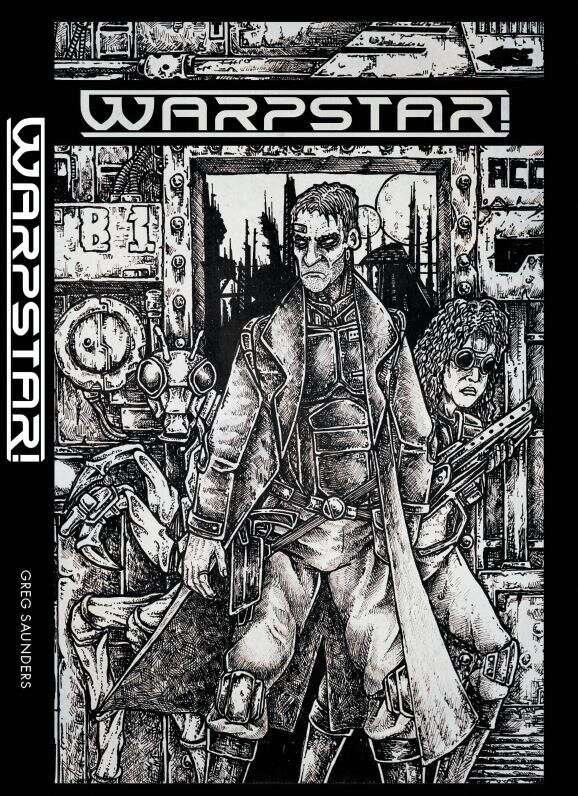
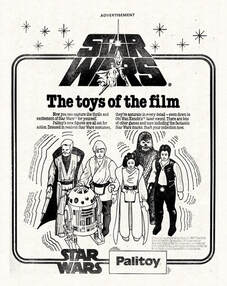
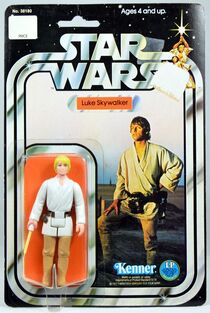
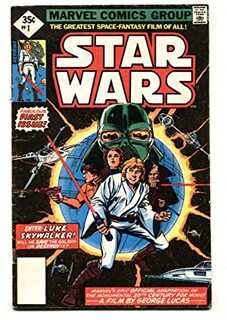
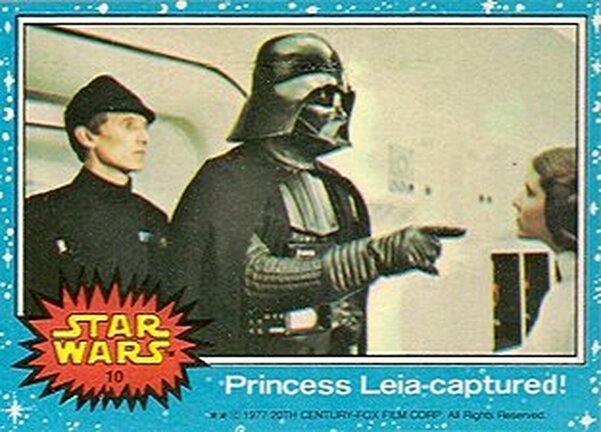
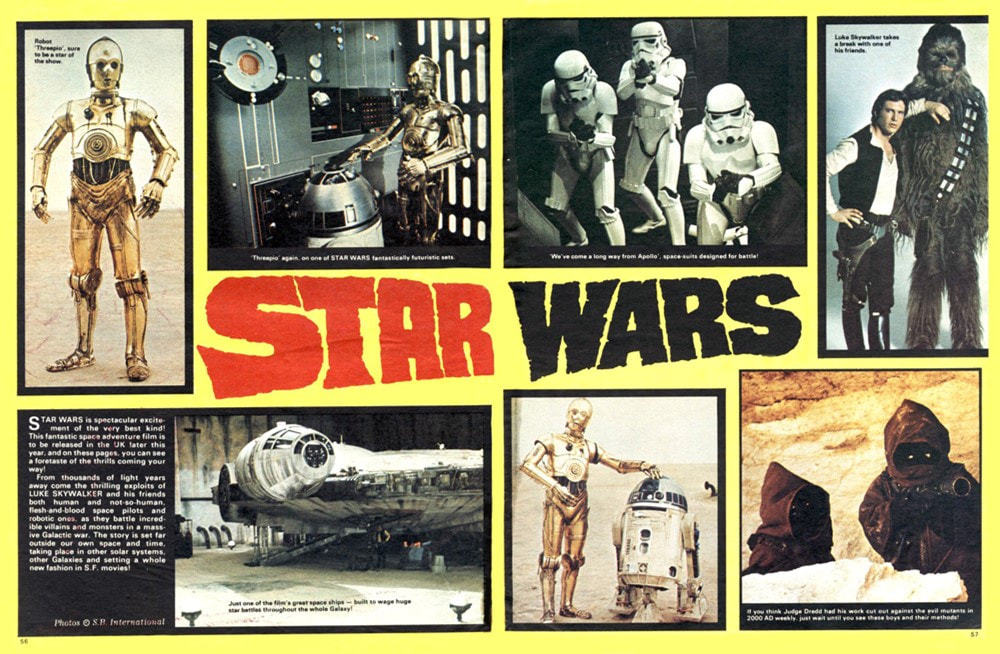

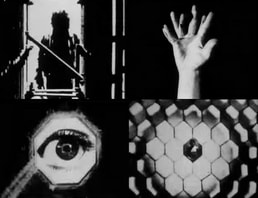
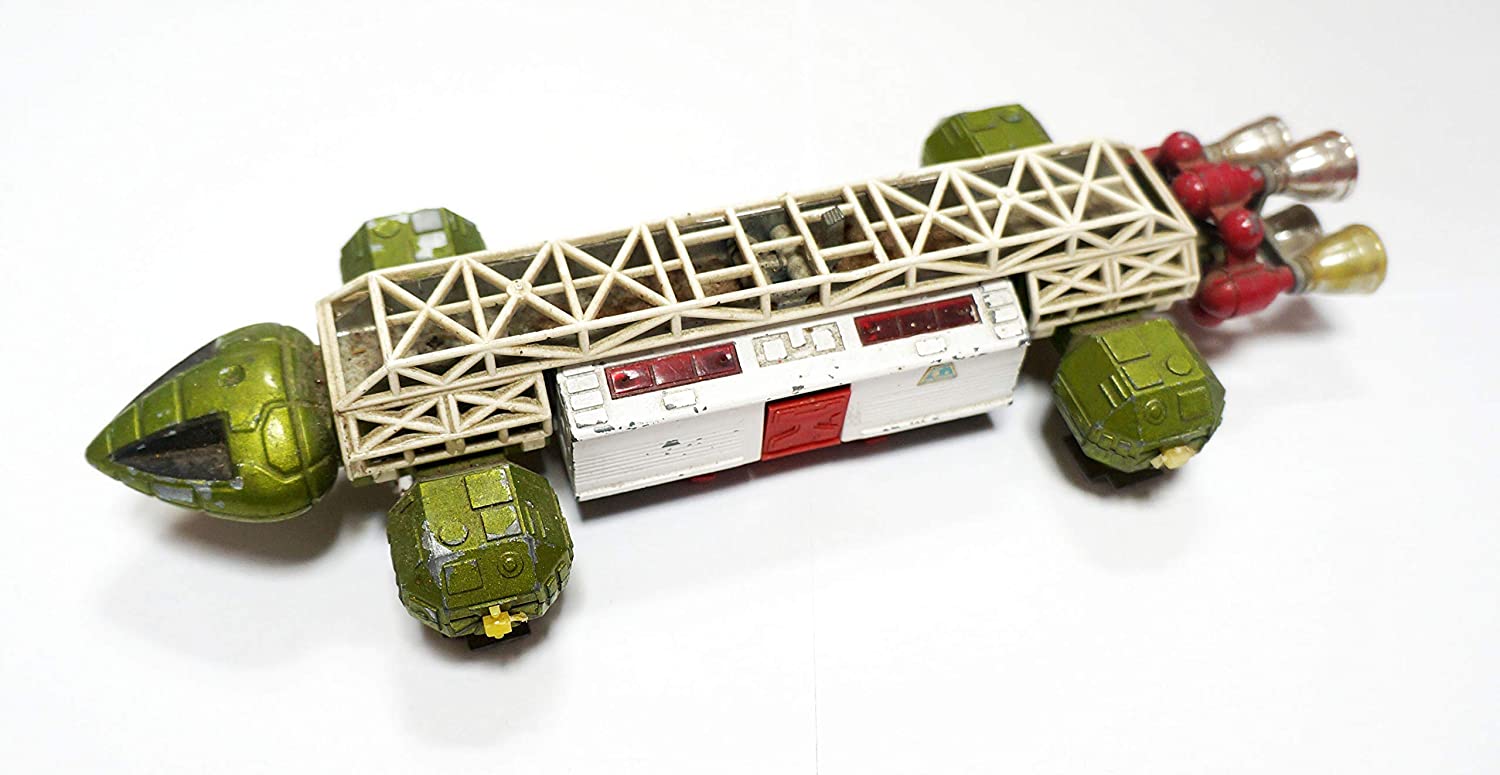

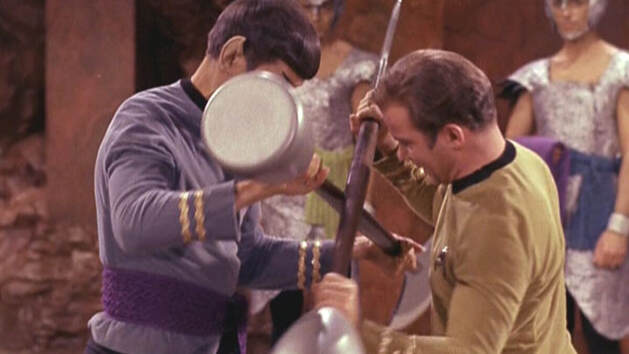
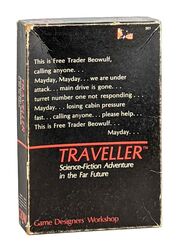
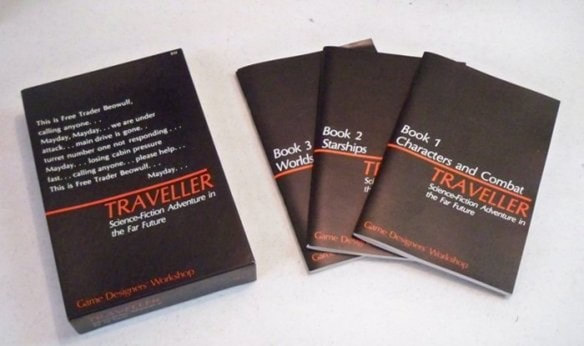
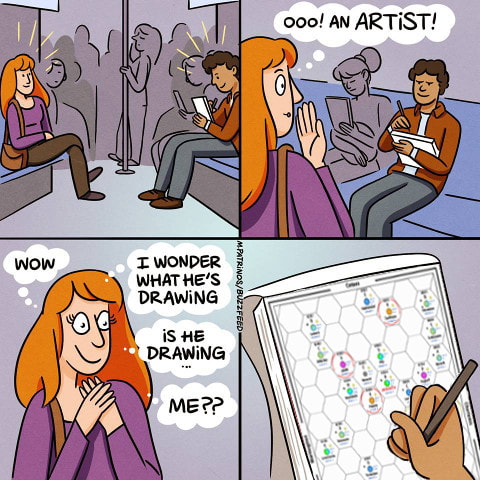
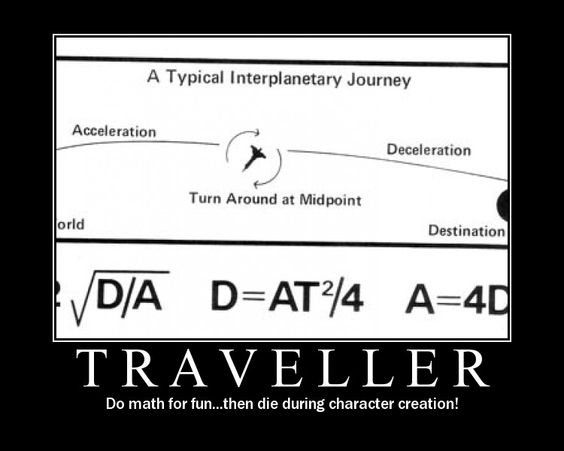
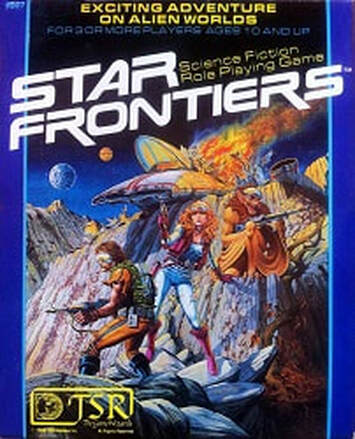
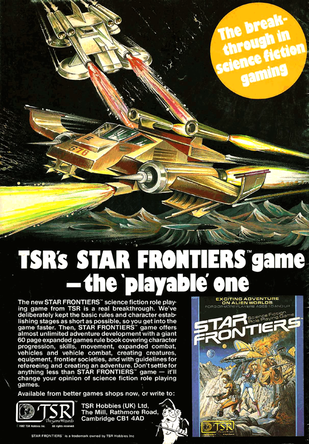
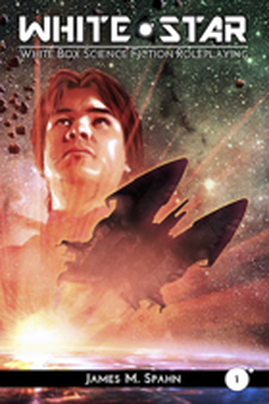
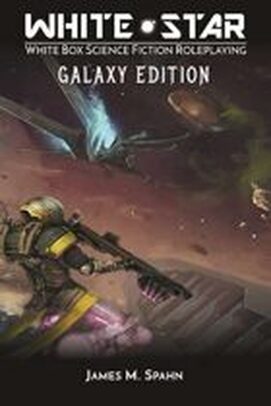
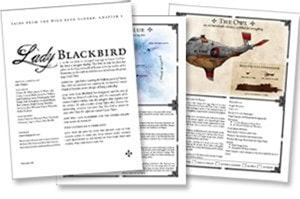
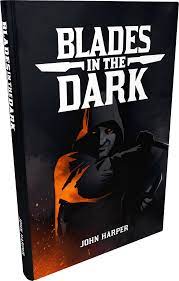
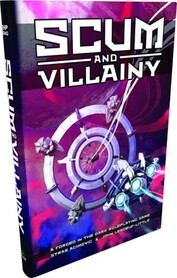
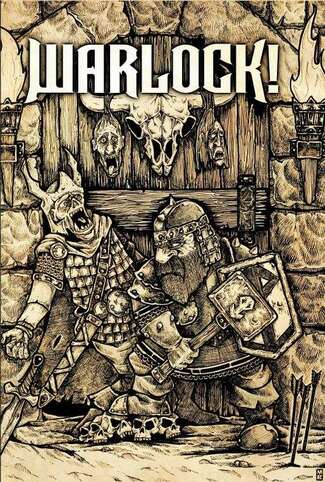
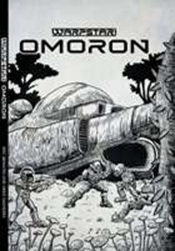

 RSS Feed
RSS Feed
